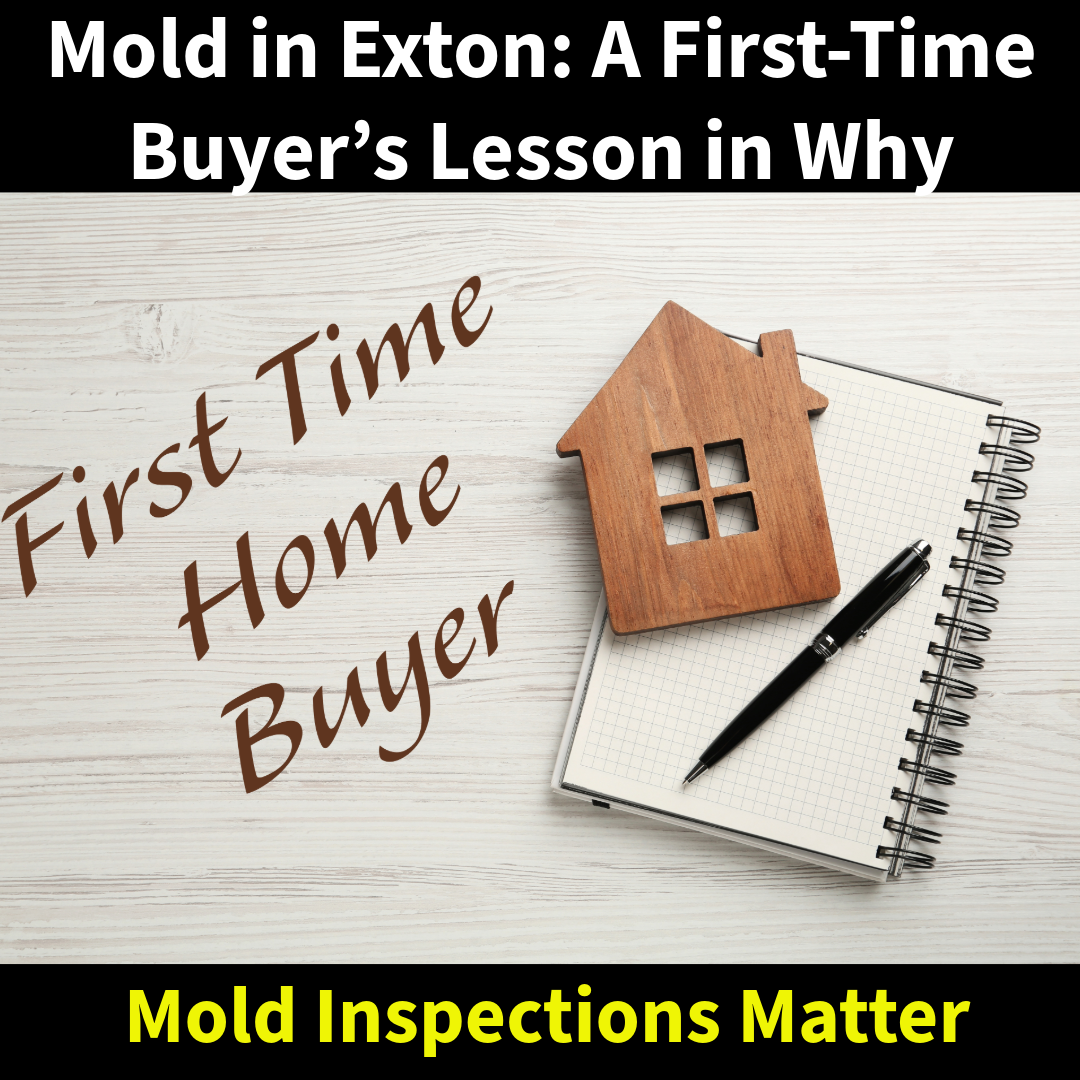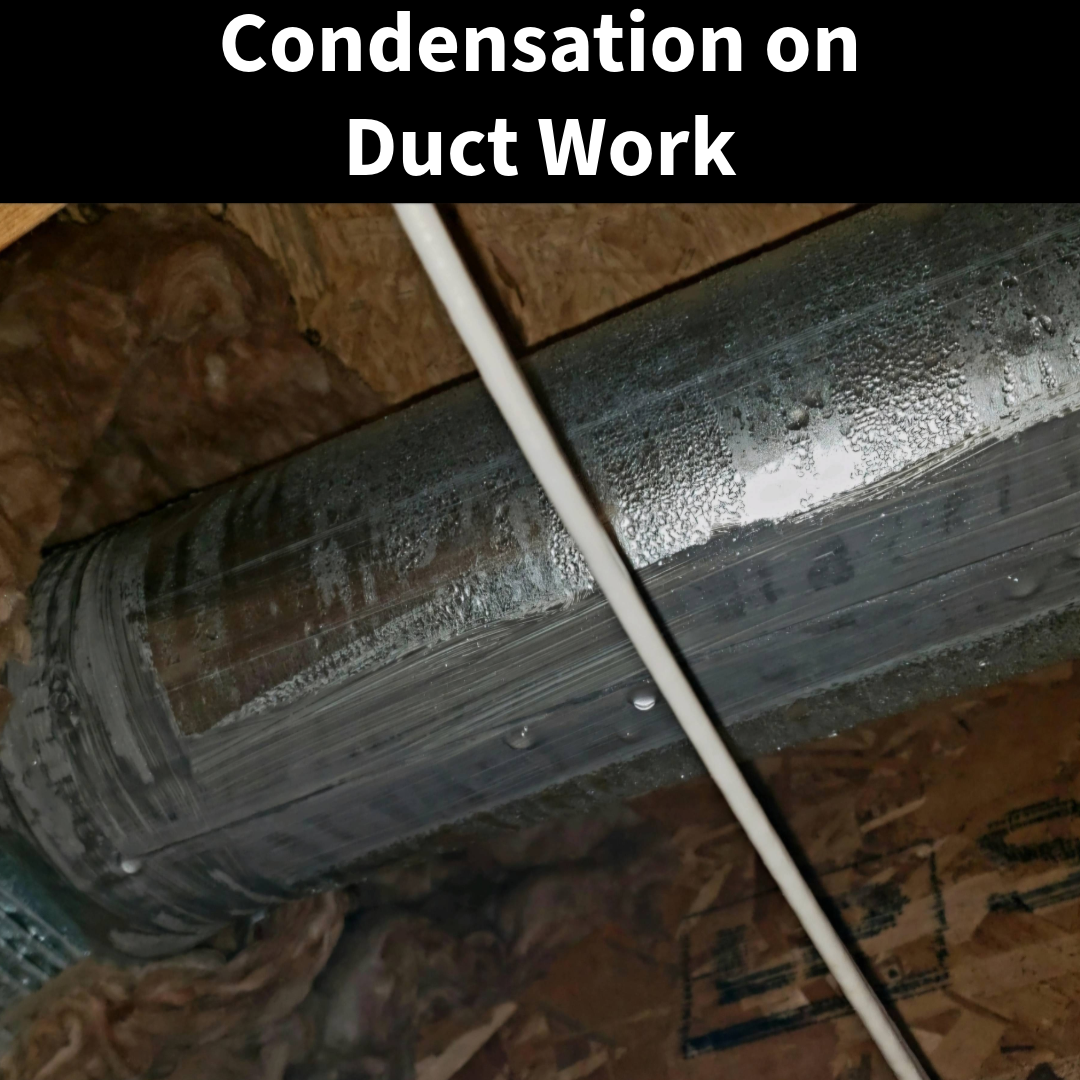Buying your first home should be exciting — but it can also be overwhelming, especially when you’re relying on others to guide you. That was the case for a recent customer in Exton, PA, who learned just how important a professional mold inspection can be.
Trusting the Realtor and Inspector
Like many first-time buyers, she leaned heavily on her realtor and the home inspector they recommended. Both advised her that a mold inspection wasn’t necessary. With no prior experience buying a home, she almost took their word for it.
A Father’s Instinct
During a walkthrough, her father noticed a musty odor in the crawl space. Trusting his instincts, he encouraged her to get a mold inspection anyway. She called MSI, and we explained why this was so important:
“A mold inspection during the buying process is the one chance you have to find out what’s really going on before their problem becomes your problem.”
What the Inspection Found
The results were eye-opening:
- Mold in the crawl space
- Mold in the attic
- Mold in one of the guest bedrooms
Without a proper inspection, all of this would have gone completely unnoticed until after settlement — and by then, it would have been her responsibility to pay for remediation.
The Cost and the Options
Our remediation estimate came in at over $12,000. Like most first-time buyers, she didn’t have that kind of money available out of pocket. We worked with her to explore options, including:
- Negotiating a credit off the sale price
- Holding funds in escrow until remediation was complete
She ultimately secured money in escrow, closed on the home, and MSI was onsite the day of settlement to begin remediation. Five days later, the project was complete and her new home was safe.
The Bigger Lesson
This story shows the true value of a mold inspection when buying a home. If she had listened to her realtor and inspector, she would have been stuck with a major mold problem and no funds to fix it. Unfortunately, some realtors and inspectors are more motivated to push the sale through than to protect the buyer’s long-term interests.
Protect Yourself Before You Buy
A mold inspection is one of the most important steps in buying a home — especially in older houses or properties with basements and crawl spaces like many in Exton. Don’t let someone else’s problem become your financial burden.
If you’re buying a home in Exton or the surrounding area, call MSI at 215-339-1769 for a professional mold inspection and remediation plan you can trust.


